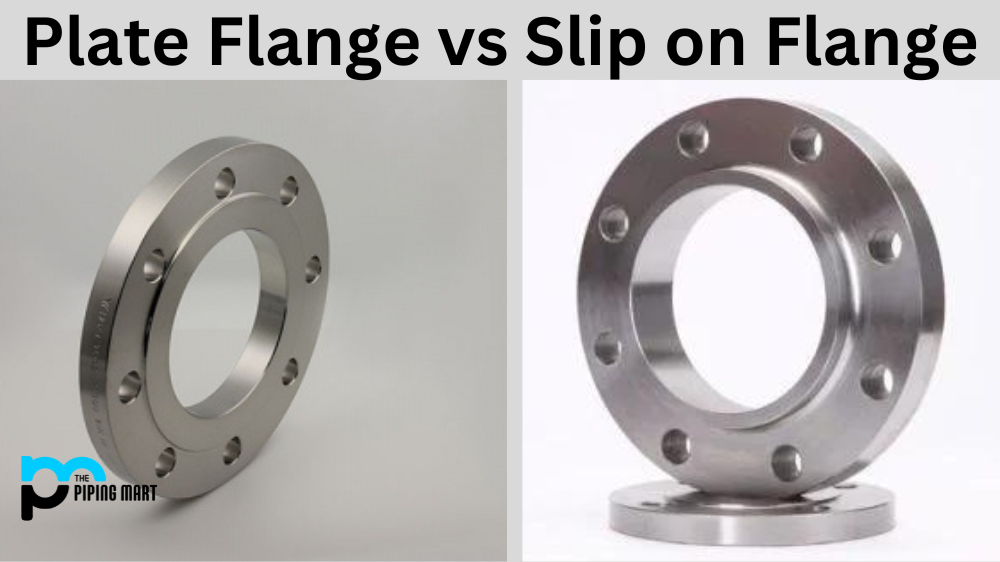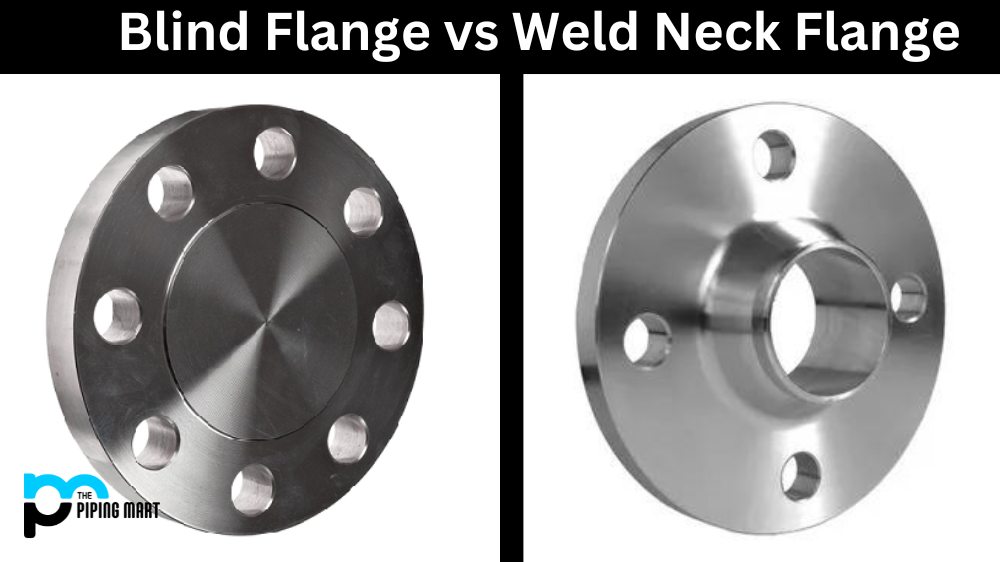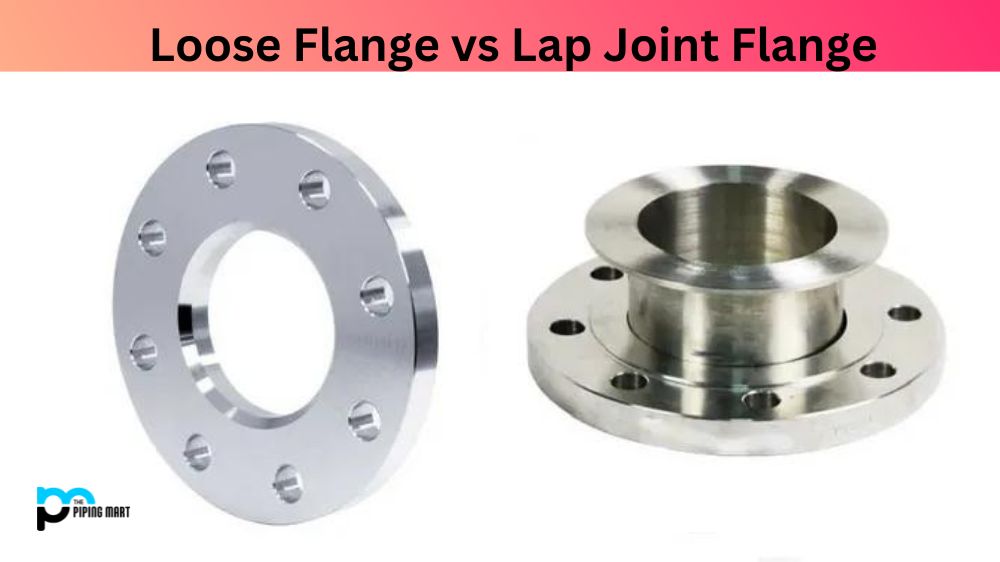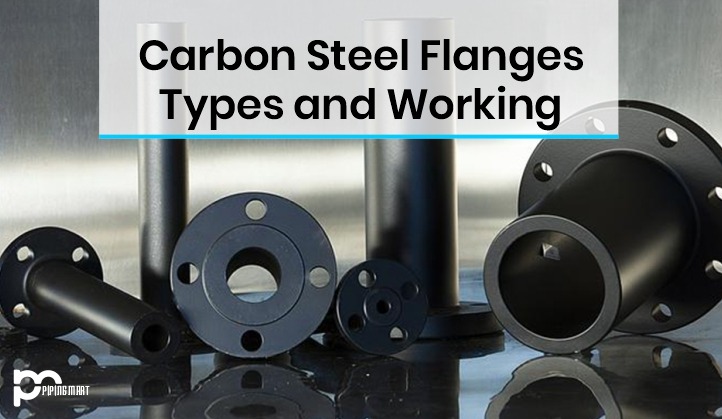When it comes to selecting flanges for your piping systems, various factors need consideration. Flanges are vital in industrial settings, and selecting the appropriate one is essential for keeping your system safe and functional. Plate flanges and slip-on flanges are commonly used, each with pros and cons. This blog post will explore the differences between plate and slip-on flanges to help you choose the correct flange for your application.
What is Plate Flange?
Plate flanges resemble flat disks, and they are used to connect pipes or equipment to one another. They are typically made from carbon steel, stainless steel, or alloy steel and come in various sizes and thicknesses. They are an excellent choice for high-pressure and high-temperature applications because they can withstand significant pressure and high temperatures. Additionally, they are easy to install and offer excellent resistance to corrosion and other environmental factors.
What is Slip-on Flange?
As the name suggests, slip-on flanges slip over the end of the pipe and are welded in place. They are typically made from carbon or stainless steel and are highly popular in low-pressure applications. They are cost-effective and easy to use, making them attractive for those looking for a simple and economical solution. Slip-on flanges are not ideal for high-pressure or high-temperature applications because they lack the strength and toughness that plate flanges provide.
Difference Between Plate Flange and Slip Flange
Advantages of Plate Flanges
Plate flanges are highly versatile components in piping systems, easily adaptable to different pipe sizes and pressure ratings. Their cost-effectiveness, simplicity of installation, and durable construction make them a preferred choice across various industries. With their ability to withstand corrosion and provide long-term reliability, plate flanges offer efficient and economical solutions for diverse piping applications.
Advantages of Slip-on Flanges
On the other hand, slip-on flanges offer several advantages of their own. They are highly cost-effective, making them ideal for low-pressure applications where the cost of a plate flange may be high. Additionally, they are easy to install and don’t require special skills or equipment to assemble. Lastly, slip-on flanges are ideal for applications where the transported fluid is relatively non-corrosive.
Other Differences
- A plate flange is a special kind of flange that can be bolted onto another flange or fitting. The pipe is then welded to the flange or fitting, making it easier to put together and take apart the piping system.
- A slip-on flange is slipped over the pipe and welded in place.
- Plate flanges are typically used for high-pressure applications.
- Slip-on flanges are typically used for low-pressure applications.
- Plate flanges can be manufactured from various materials, including carbon steel, stainless steel, and aluminium.
- Slip-on flanges are typically made from Stainless steel or alloy steel.
- Plate flanges can be either flat or raised-faced.
- Slip-on flanges are typically flat-faced.
Conclusion
Choosing the correct flange for your application is essential for ensuring the safety and integrity of your piping system. Plate flanges and slip-on flanges are the two most commonly used flanges. Plate flanges offer high strength, durability, and corrosion resistance, making them ideal for high-pressure and high-temperature applications. On the other hand, slip-on flanges are highly cost-effective, easy to install, and suitable for low-pressure applications. Ultimately, choosing the right flange will depend on the specific requirements of your application, so be sure to consult with a professional before making your purchase.

A passionate metal industry expert and blogger. With over 5 years of experience in the field, Palak brings a wealth of knowledge and insight to her writing. Whether discussing the latest trends in the metal industry or sharing tips, she is dedicated to helping others succeed in the metal industry.




